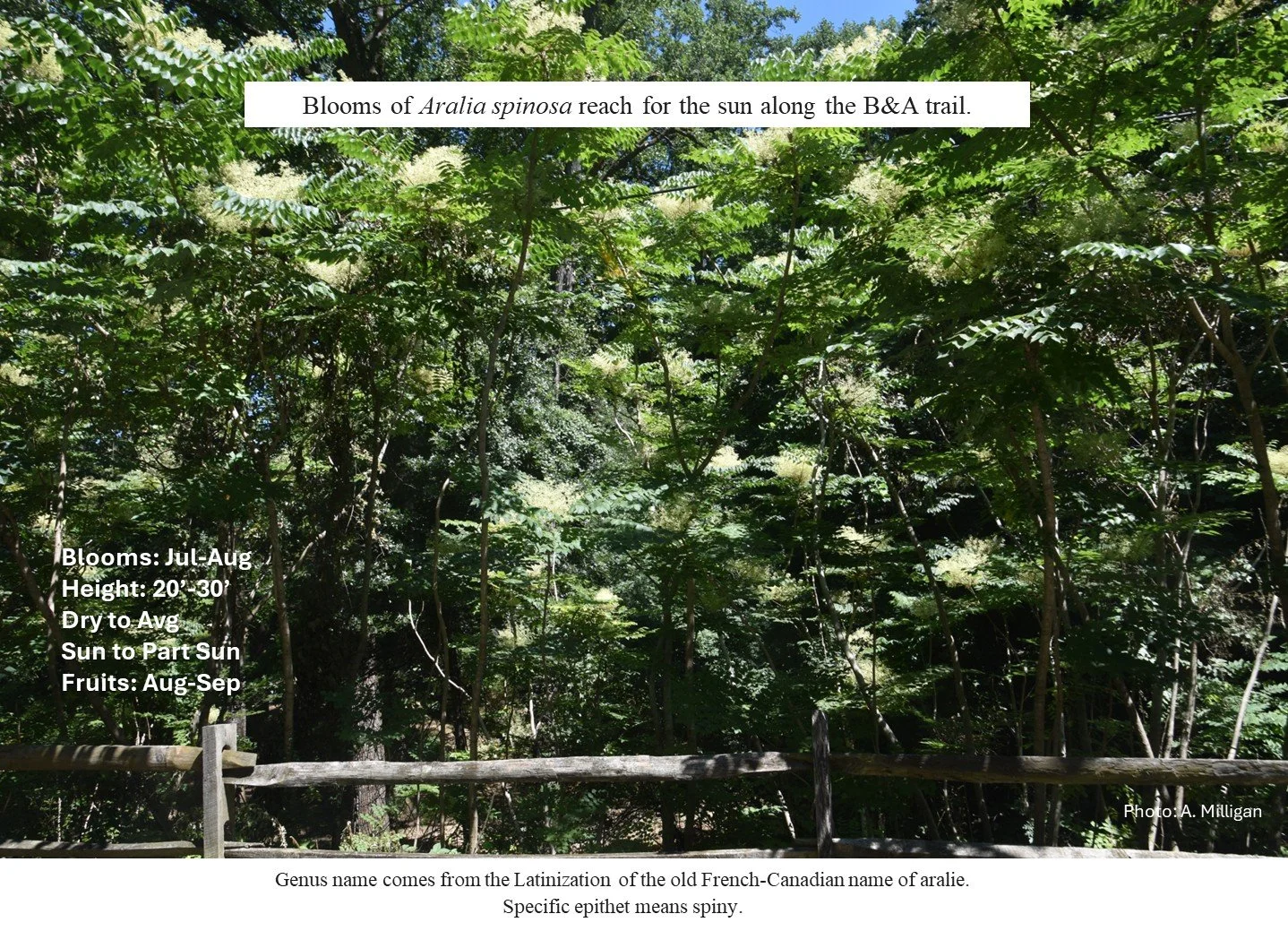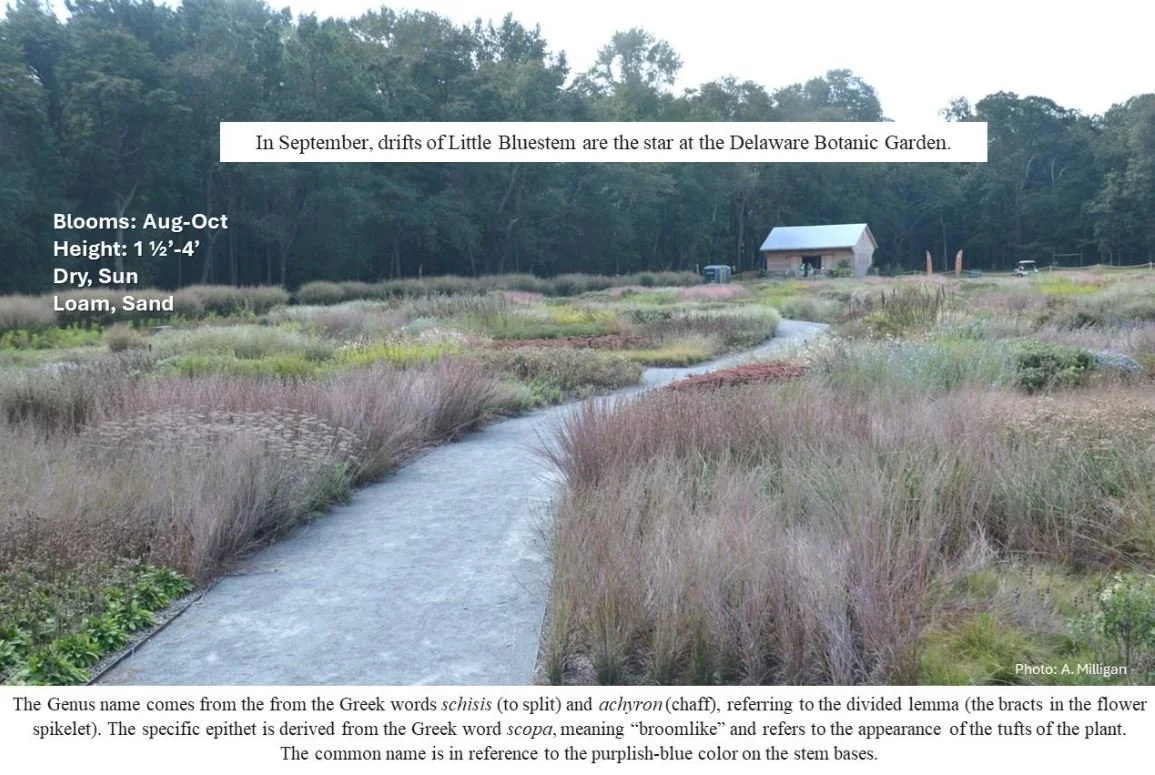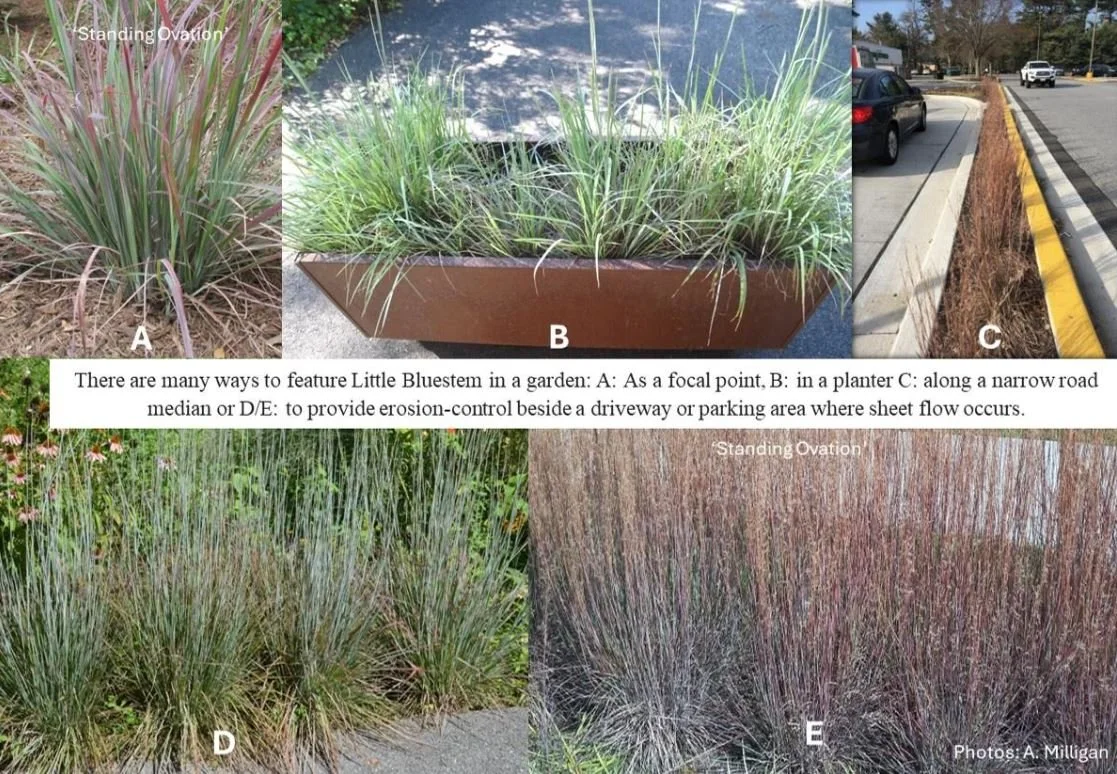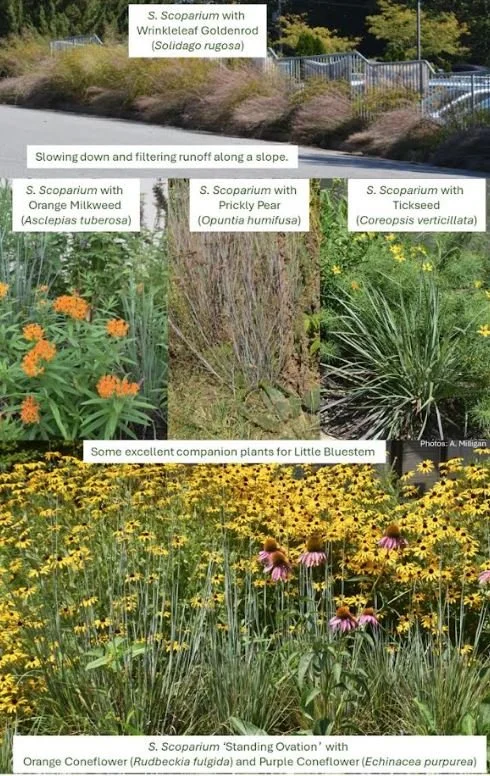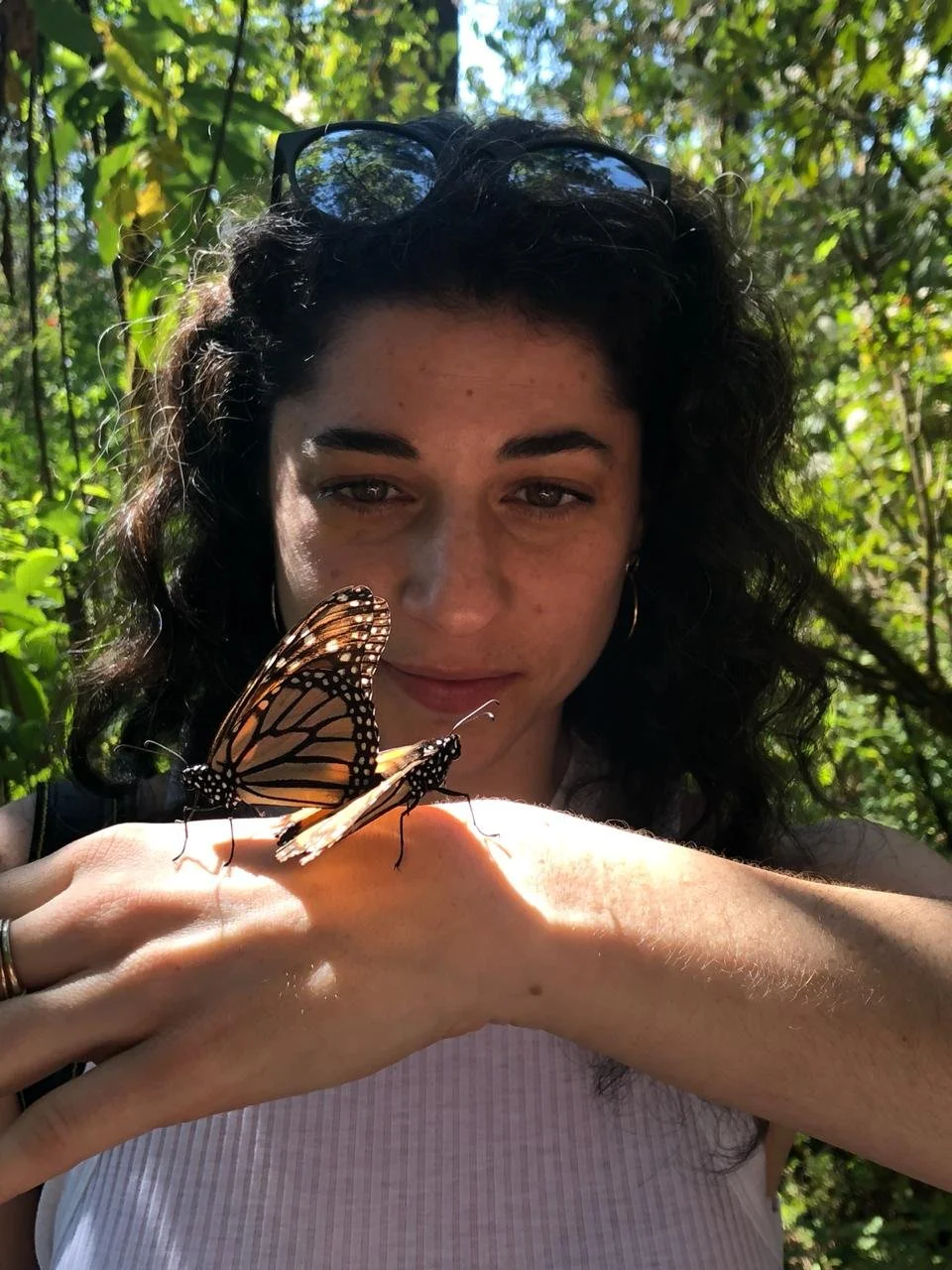Latin for Gardeners
Novembers’s Native Maryland Plant
Carex pensylvanica Lam.
(KAY-reks pen-sill-VAN-ee-ka)
Common Name: Pennsylvania Sedge
Carex pensylvanica is an upland sedge, semi-evergreen and a groundcover that is often used as a grass substitute in part-shade to full-shade areas. It tolerates moderate foot traffic and once established, it can easily be spread through division.
Ground cover sedges are beneficial for many reasons. They are generally cool-season plants, they emerge in early spring and help to suppress weeds. Some of them, like C. pensylvanica, are water-wise plants; they do well in dry shade, forming an attractive semi-evergreen layer when planted under shade-loving shrubs. Sedges are considered low-maintenance and another great benefit - deer tend to avoid them.
Carex pensylvanica is host to many moths and butterflies. Be sure to allow fallen leaves to stay on any sedges you plant. It will improve the soil, protect overwintering insects, and the plants will have no difficulty emerging in the spring.
Alison Milligan – MG/MN 2013
Watershed Steward Class 7/Anne Arundel Tree Trooper
Chesapeake Bay Landscape Professional (CBLP)
alison@lifewithnativeplants.org




